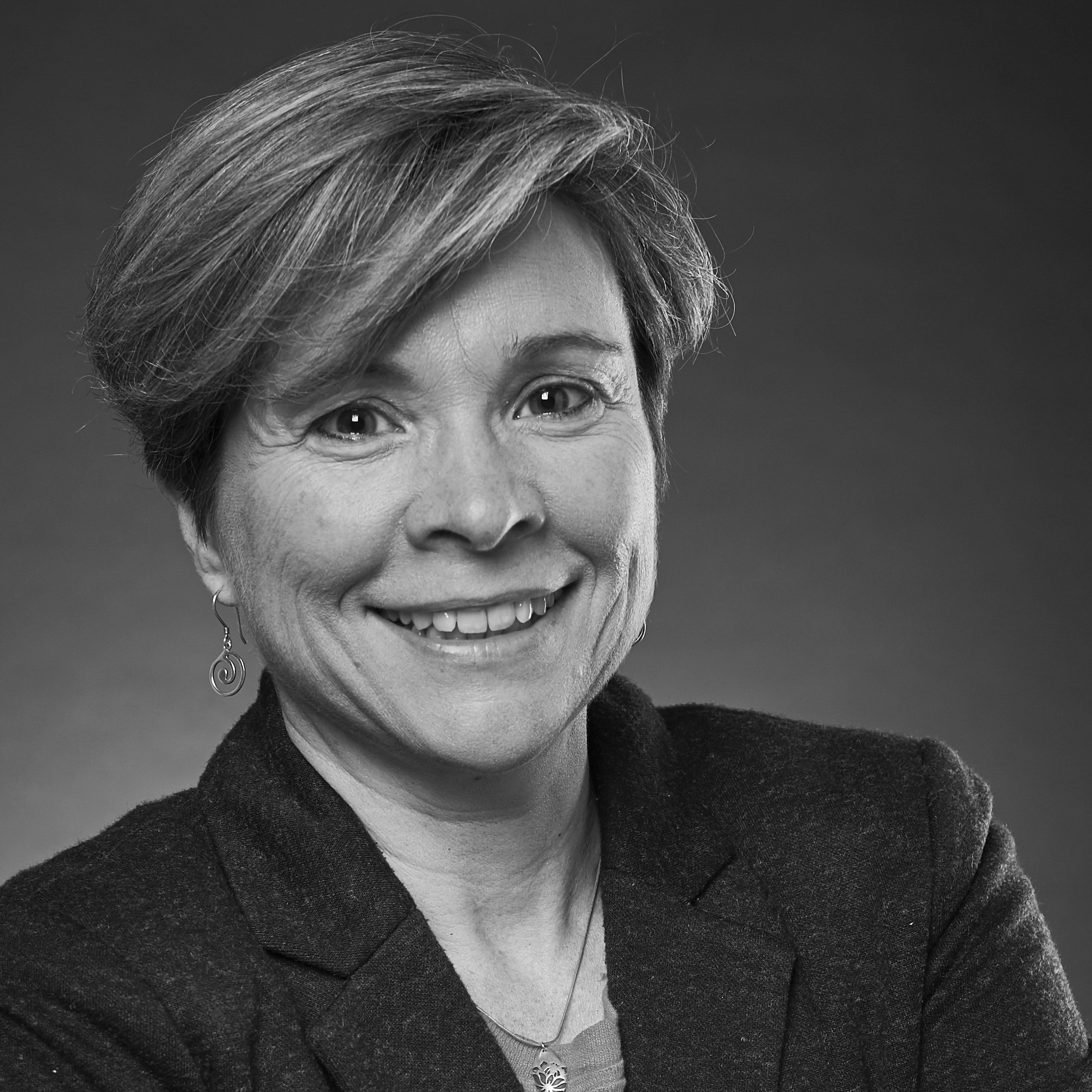Sony A7S III vs Canon EOS R5
The Sony A7S III and Canon EOS R5 are two of the most sophisticated cameras around, but which is the right one for you?
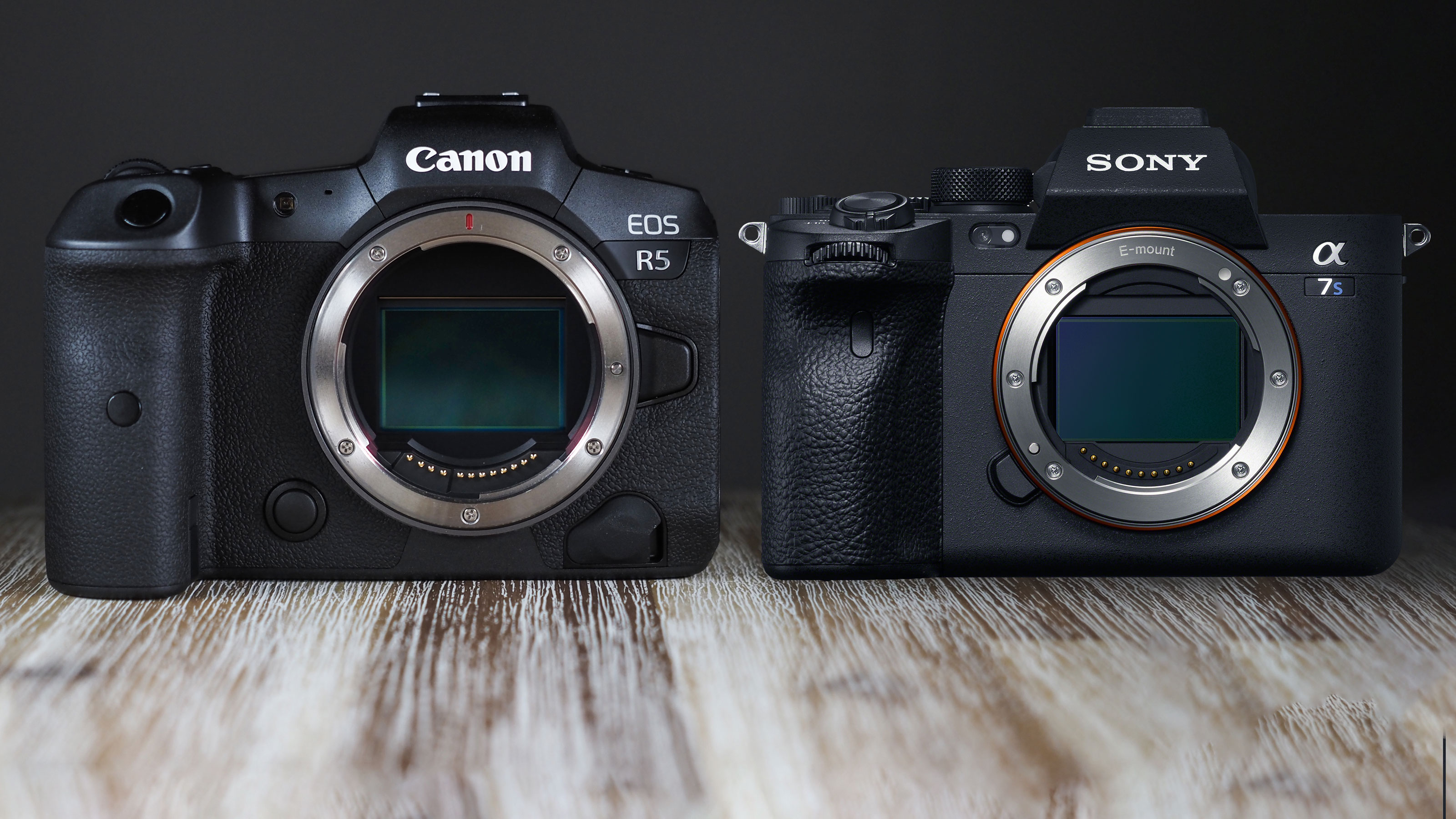
The Sony A7S III and Canon EOS R5 are two of the most celebrated cameras of modern times with each offering an impressive collection of high-end features for video shooters, but one is much more geared towards stills than the other.
The Sony A7S III’s primary purpose is shooting video and it’s the much lauded replacement to the popular Sony A7S II. Meanwhile, the Canon EOS R5, which was introduced at the same time as the R6, is a real statement camera that at launch made it clear that Canon had woken up to mirrorless technology and was going to start taking the genre seriously. It combines groundbreaking 8K video technology with staggering stills capability.
In this post, we’ll take a look at how the two cameras compare to help you select the right one for your photography or videography.
1. Sensor
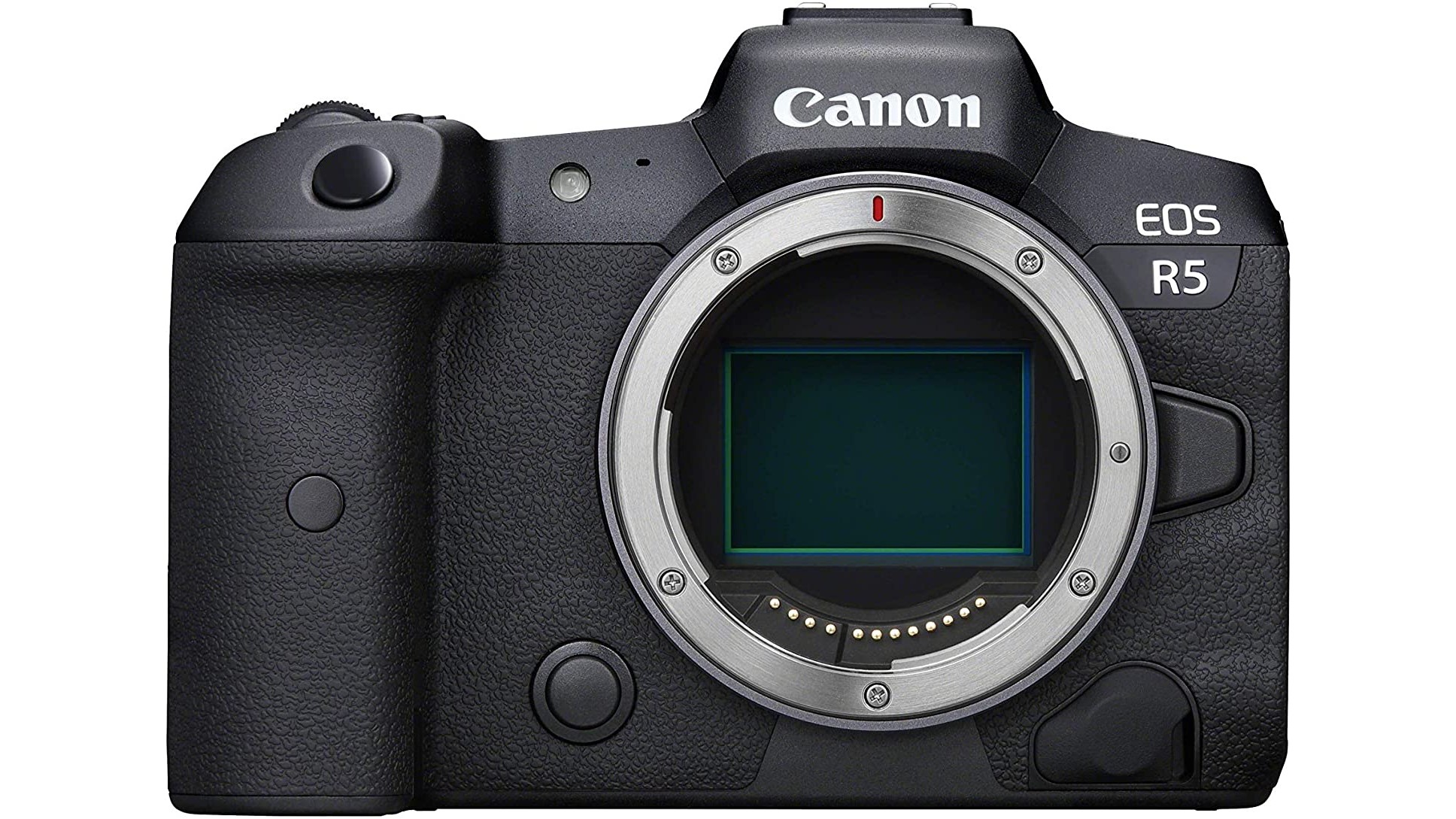
• Sony A7S III: 12.1Mp full-frame BSI CMOS
• Canon EOS R5: 45Mp Full-frame CMOS
Although they are both full-frame cameras, the Sony A7S III and Canon R5 have vastly different pixel counts. By current standards, a pixel count of 12.1Mp seems very low, but crucially, that is sufficient for 4K video recording and it means that each of the pixels is much larger than those on a higher resolution sensor. That gives the A7S III a distinct advantage for low light shooting because larger pixels create a cleaner image signal so images and video have less noise.
On the flip-side, the 45Mp sensor of the Canon R5 means it captures a high level of detail and there are enough pixels to create 8K video – more on that below.
2. Video
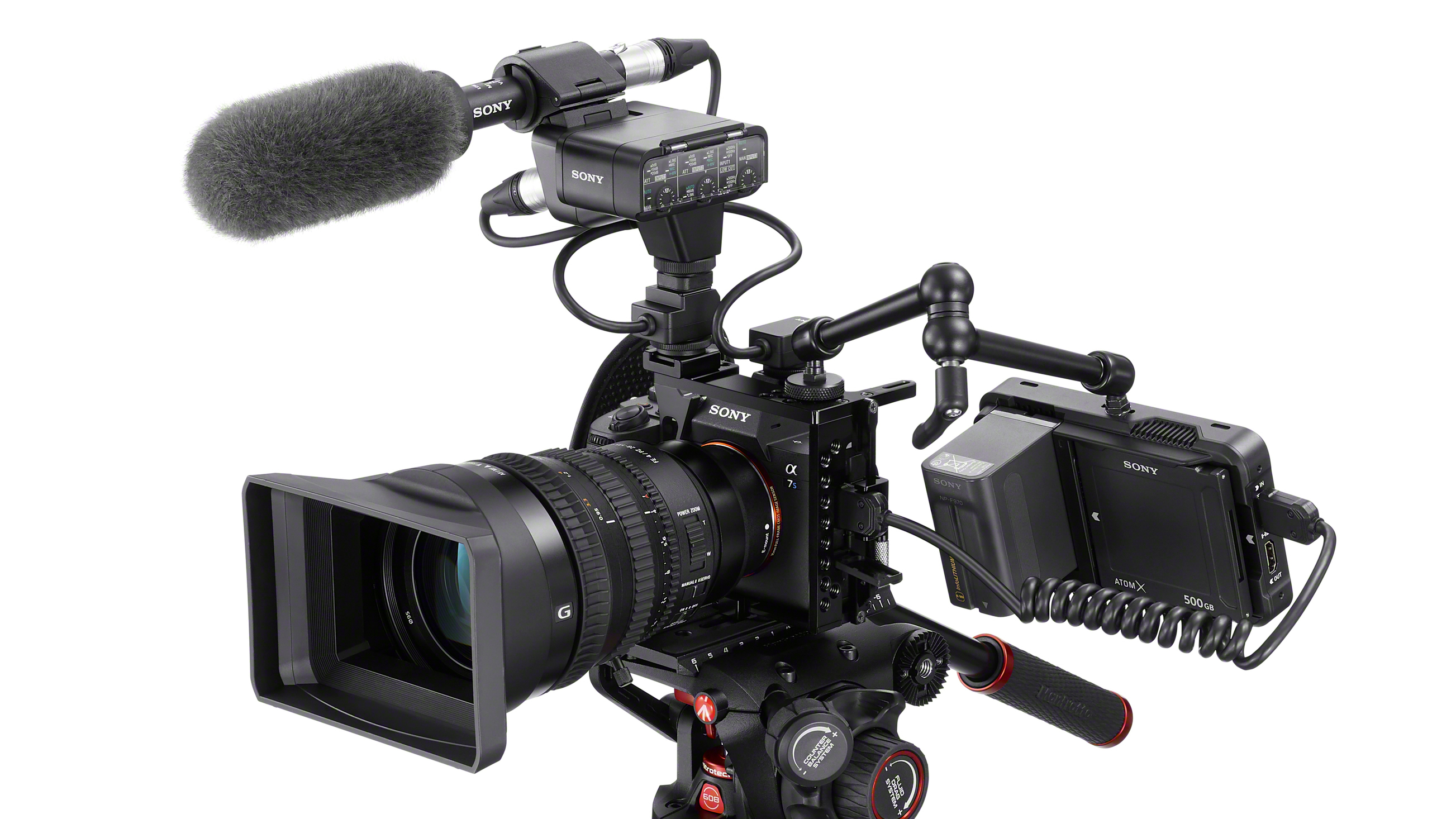
• Sony A7S III: 4K at up to 120fps, 10-bit 4:2:2 colour, 16-bit raw video over HDMI
• Canon EOS R5: 8K at 29.97fps in 4:2:2 10-bit in Canon Log (H.265).
Make no mistake, 8K video recording eats through memory card space and editing the footage demands some serious processing power, but the results from the R5 are superb. However, many people who currently shoot in 8K do it to enable them to create two or three different 4K crops from the same clips.
The R5’s 8K capability also enables HQ 4K mode in which the camera downscales the footage to 4K with more detail than normal – and the results are stunning. However, shooting at such high resolution generates a lot of heat and you can only record up to around 20 minutes of 8K or 30 minutes of HQ 4K before the R5 needs to take a break to cool down.
In contrast, the Sony A7S III has a maximum resolution of 4K, and it can only record raw footage to an external device like the Atomos Nina V, but you get 16-bit raw files and it keeps going a lot longer than the R5. What’s more, the results are superb, so unless you have compelling reason to capture 8K video or HQ 4K video, the Sony camera is the better option.
3. Sensitivity range
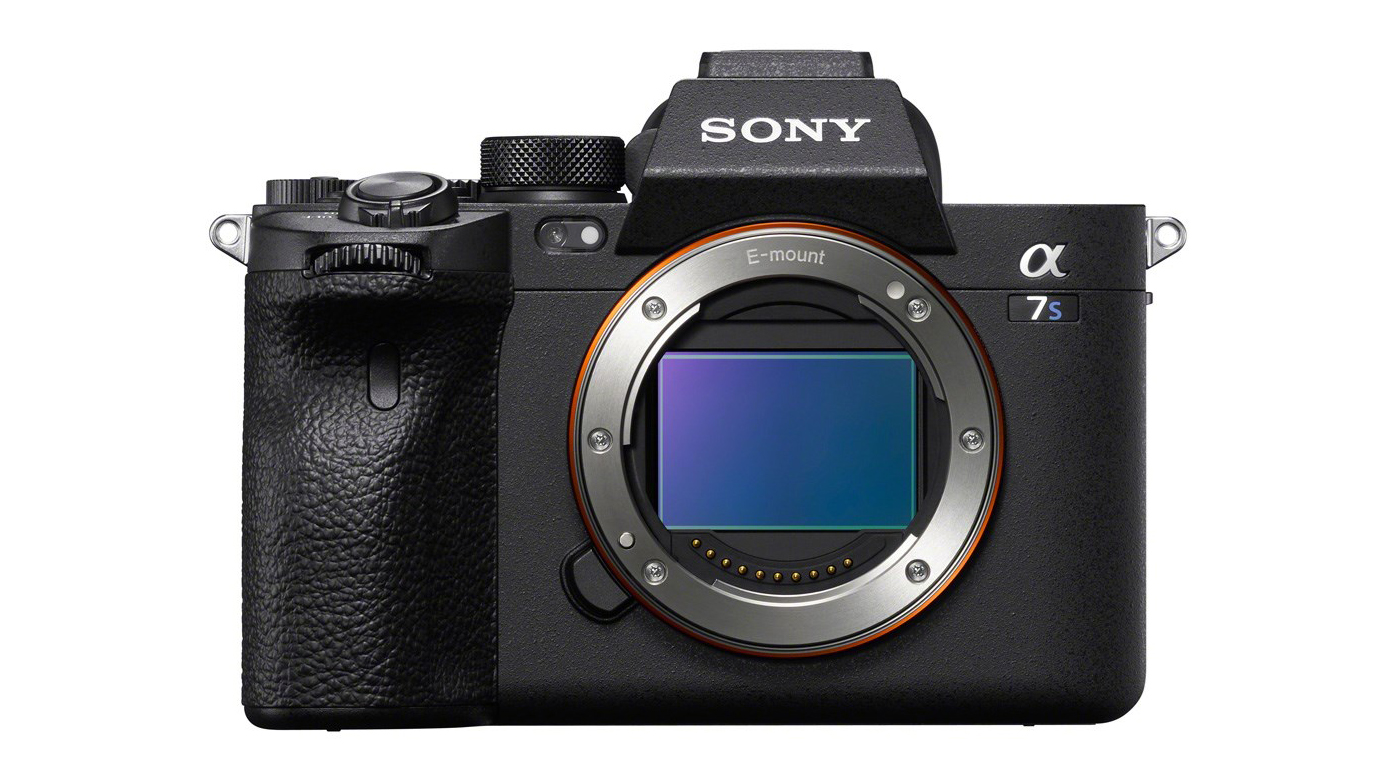
• Sony A7S III: Stills: ISO 80-102,400 expandable 40-409,600, Video: ISO 80-102,400 expandable ISO 40-409,600.
• Canon EOS R5: Stills: ISO 100-51,200 expandable to ISO 50-102,400, Movies: ISO 100-25600, expandable to ISO ISO 51,200
As we touched on earlier, the difference in the two camera’s maximum sensitivity (ISO) settings is explained by the difference in their resolutions and pixel pitch.
While the uppermost standard sensitivity (ISO) setting can be useful on occasion, we’d recommend keeping the ISO setting to at least a stop lower on both cameras. This brings the A7S III down to ISO 51,200 and the R5 to ISO 25,600.
This extra flexibility with the Sony A7S III can come in handy in low light conditions provided that you don’t need a large image. It could, for example, work well for wedding photographers who want to shoot in the low light of a church and capture images to go in an album.
4. Autofocus
• Sony A7S III: Hybrid with 759 phase detection points and 425 contrast detection points, Real Time Eye AF (Human and Animal for stills, Human for video)
• Canon EOS R5: Dual Pixel CMOS AF II phase detection with 5940 points in stills and 4500 points in movie mode and AF Tracking of Humans, Animals (Dogs, Cats and Birds) or Vehicles (Racing cars or Motor bikes)
The Sony A7S III’s AF system is much improved upon that of the A7S II and the Real Time Eye AF is a major bonus for social photographers and videographers. However, the Canon R5’s AF system is simply superb and, unlike the A7S III, you get the same functionality in video mode as you do when you’re shooting stills, so you can track humans, vehicles or animals easily and use Eye detection.
5. Continuous shooting
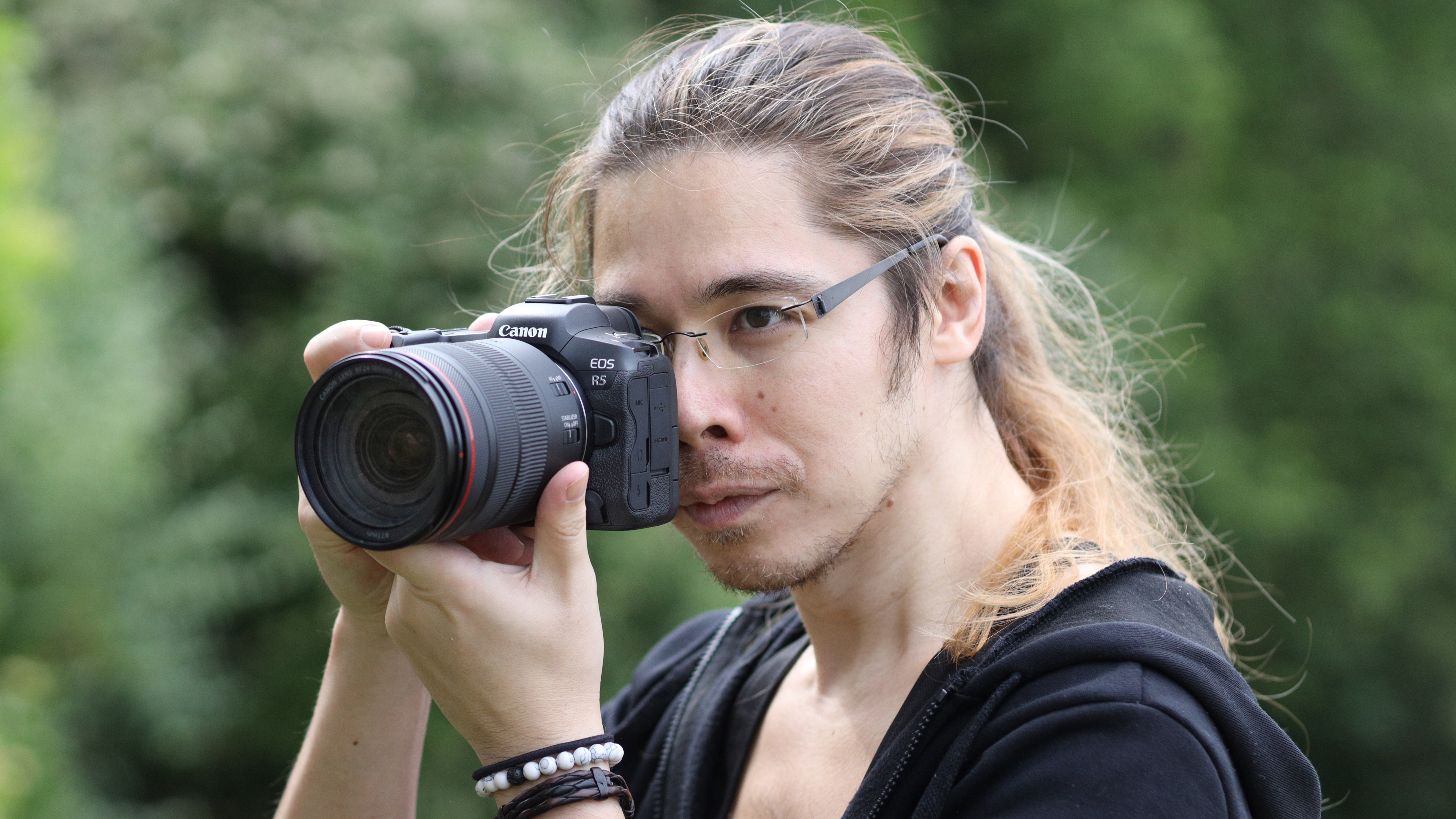
• Sony A7S III: Mechanical and electronic shutter: 10fps for up to 1000 uncompressed raw files with a CFexpress card
• Canon EOS R5: Mechanical shutter: 12fps, Electronic shutter: 20fps for 350 JPEGs or 180 raw files
Although the lower resolution of the Sony A7S III enables it to have a phenomenal burst depth, its maximum continuous shooting rate is actually lower than the Canon R5’s. It’s a benefit of the processing power that’s required for shooting 8K video.
It takes 17.5 seconds to shoot 350 images at 20fps, while shooting 1000 images at 10fps takes 100 seconds. If you need to shoot for longer, it’s possible to reduce the frame rate of the R5, but 17.5 seconds is a long time to shoot stills. It’s more than enough to capture the entire Olympic 100m final, for example.
6. Storage

• Sony A7S III: Dual: SD/SDHC/SDXC (UHS-II) and CFexpress Type A
• Canon EOS R5: Dual 1x CFexpress type B, 1x SD/SDHC/SDXC UHS-II
Both cameras have dual card slots but only the Sony A7S III has two identical slots. They are also flexible because as well as accepting USH-I and UHS-II compliant SD/SDHC/SDXC type media, the slots are compatible with CFexpress Type A cards. These cards are smaller than CFexpress type B cards but a little slower.
Canon opted for an SD/SDHC/SDXC slot and a CFexpress type B card slot. While this latter card enables the fastest file transfer speeds, it means you need to carry two different types of card to get maximum storage capacity.
Sony A7S III vs Canon EOS R5: conclusions
Although the Canon EOS R5 is capable of producing superb-quality video and at higher resolution than most other cameras, it’s limited by its heat generation. The Sony A7S III doesn’t have the 8K video capability of the R5, but the quality of its 4K video is fantastic and overall, the A7S III is the better camera for video.
Aside from the few photographers who might benefit from the ability to use very high sensitivity settings for capturing stills, the Canon R5 is a more versatile and capable stills camera. Its 45MP resolution enables you to create larger prints and make more dramatic crops than a 12MP image.
Both cameras have good autofocus systems, but the Canon R5’s has the edge over the A7S III.
How we test cameras
Why you can trust Digital Camera World
We test mirrorless and DSLR cameras both in real-world shooting scenarios and in carefully controlled lab conditions. Our lab tests measure resolution, dynamic range and signal to noise ratio. Resolution is measured using ISO resolution charts, dynamic range is measured using DxO Analyzer test equipment and DxO Analyzer is also used for noise analysis across the camera's ISO range. We use these real-world testing and lab results to inform our comments in buying guides. For compact cameras and phones, we judge on real world handling and photographic results alone.
Read more:
• Best mirrorless cameras
• Best professional cameras
• Best Sony cameras
• Best Canon cameras
Get the Digital Camera World Newsletter
The best camera deals, reviews, product advice, and unmissable photography news, direct to your inbox!
Angela has been testing camera gear from all the major manufacturers since January 2004 and has been Amateur Photographer’s Technical Editor and Head of Testing for Future Publishing’s photography portfolio (Digital Camera Magazine, PhotoPlus: The Canon Magazine, N-Photo, Practical Photoshop, Photography Week and Professional Photography magazines, as well as the Digital Camera World and TechRadar websites). She is the founder of SheClicks - a community group that encourages and supports female photographers.
